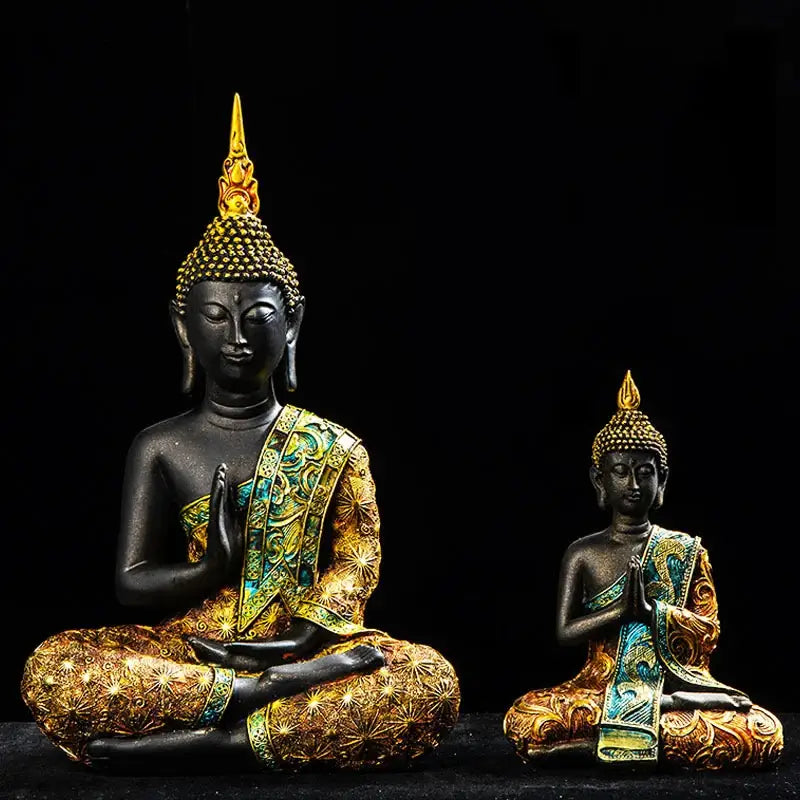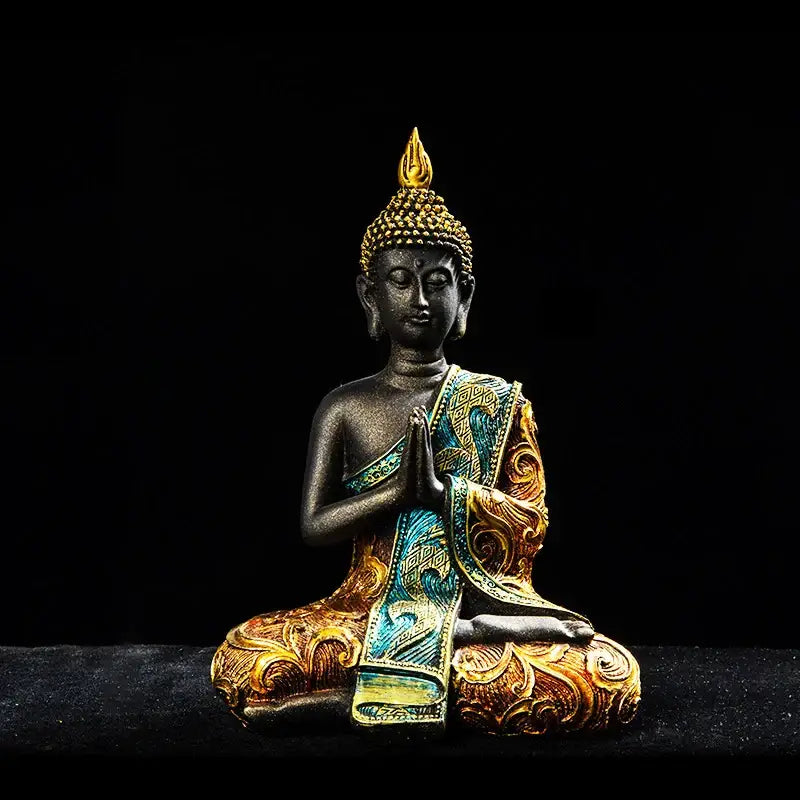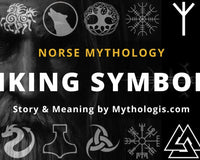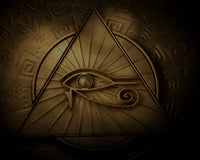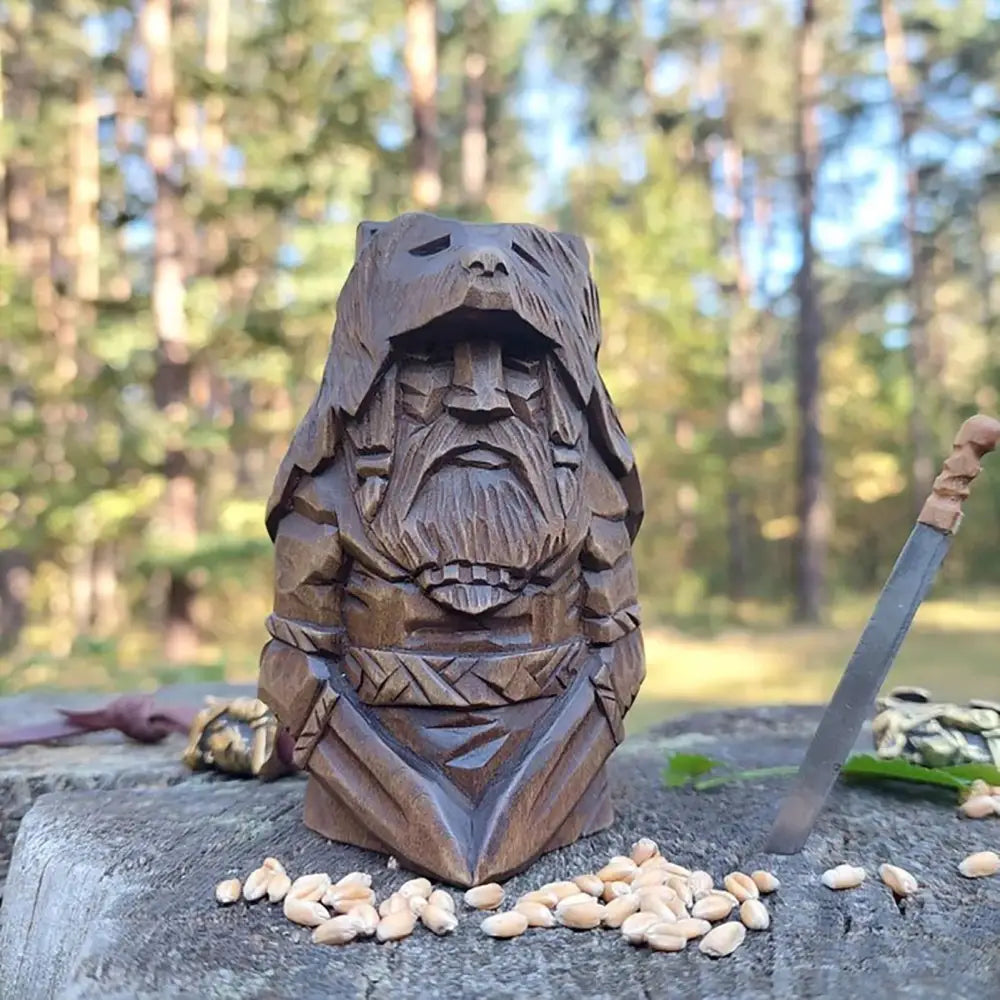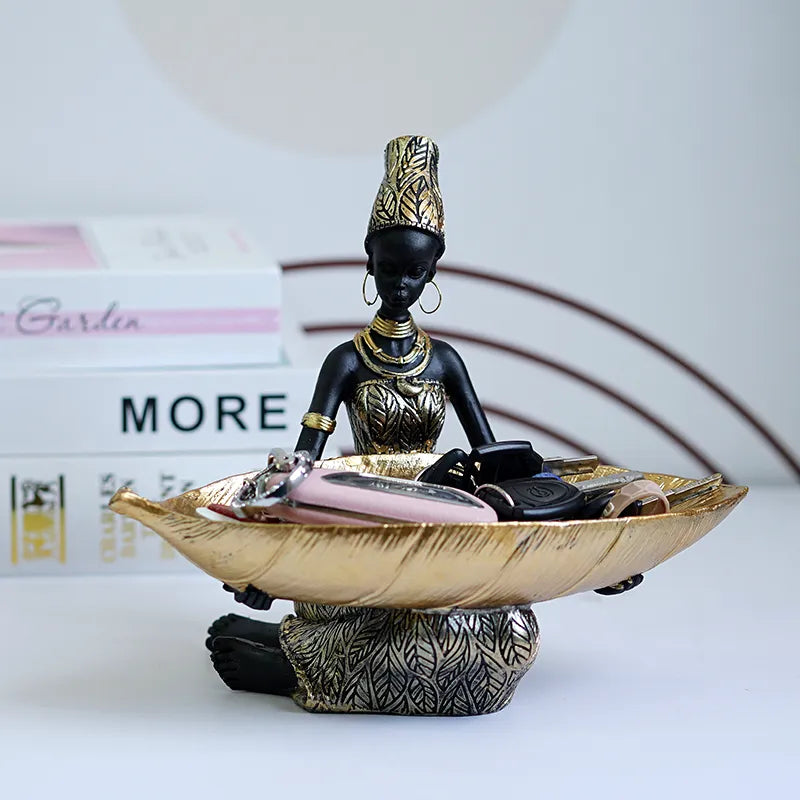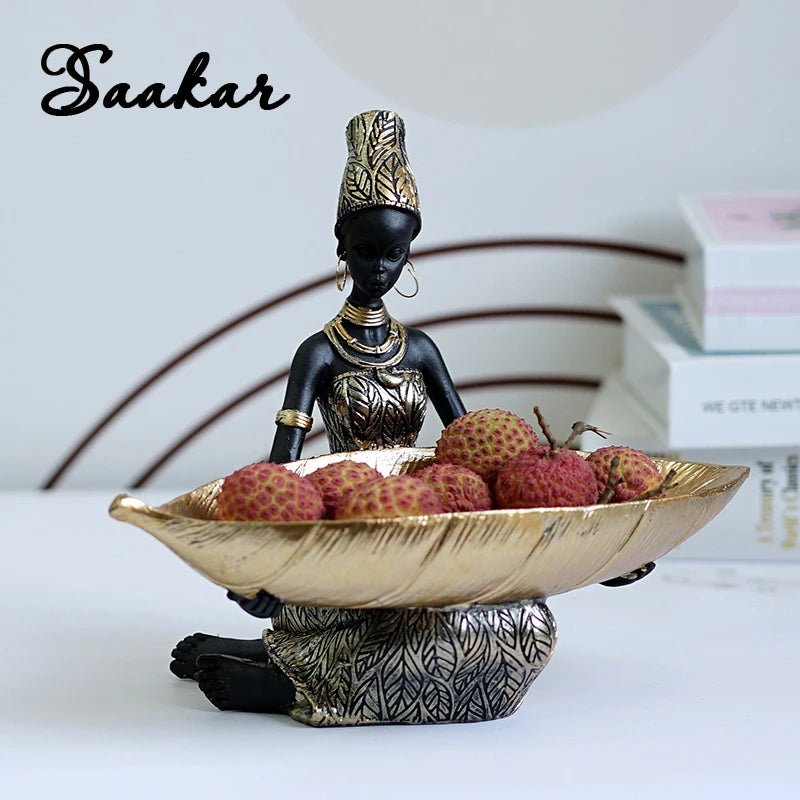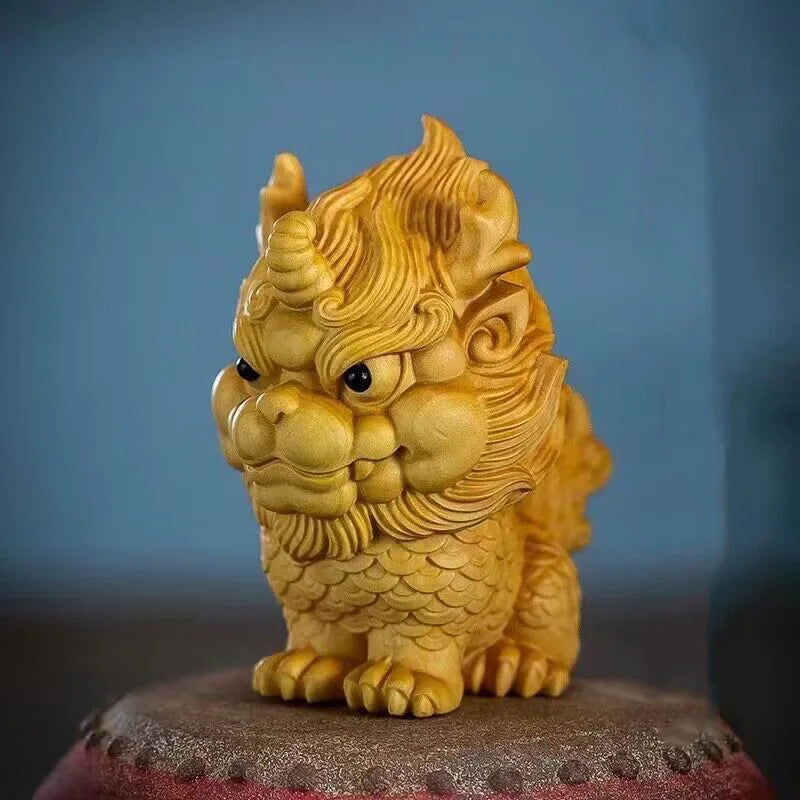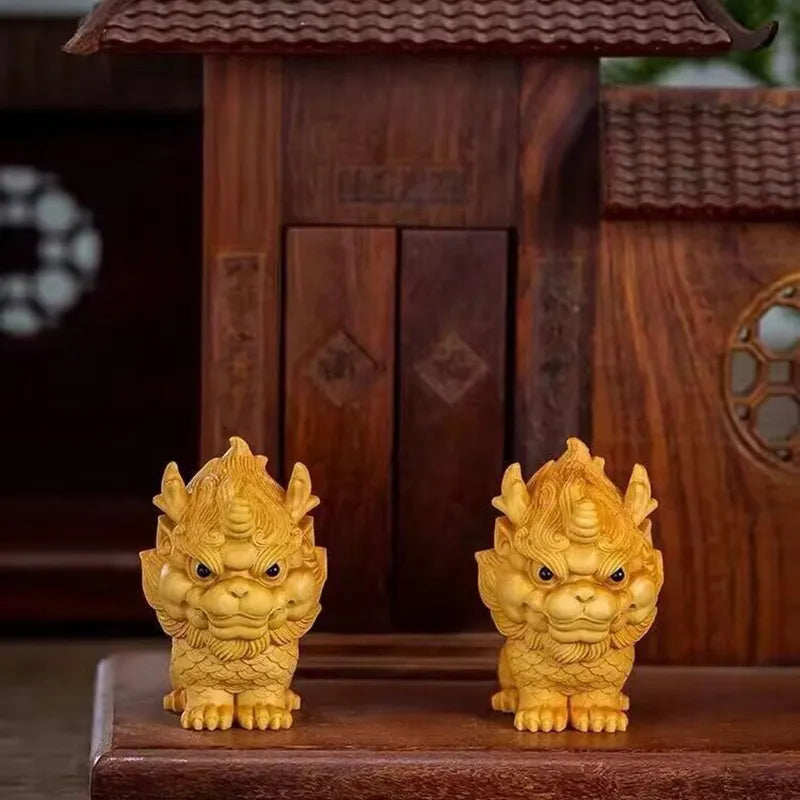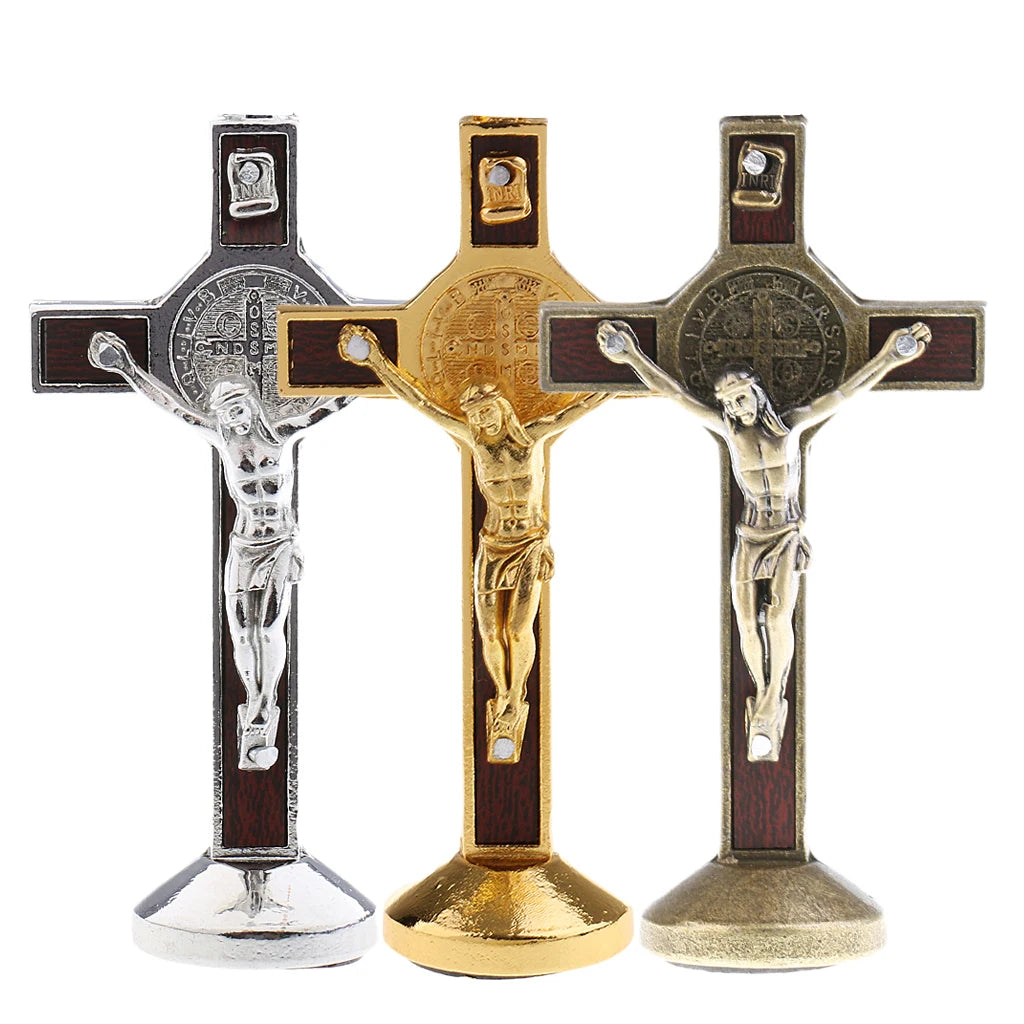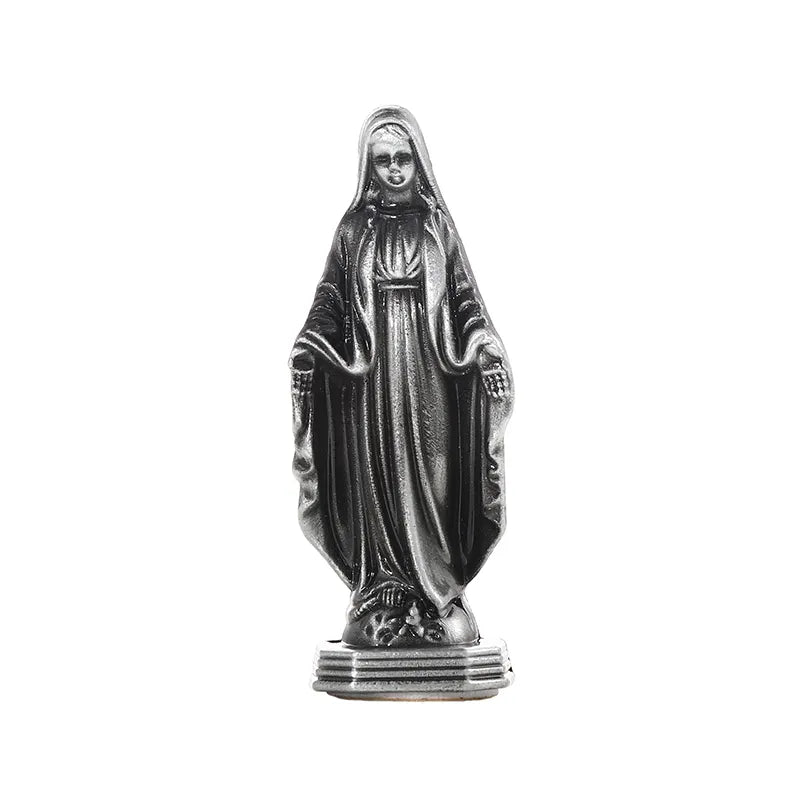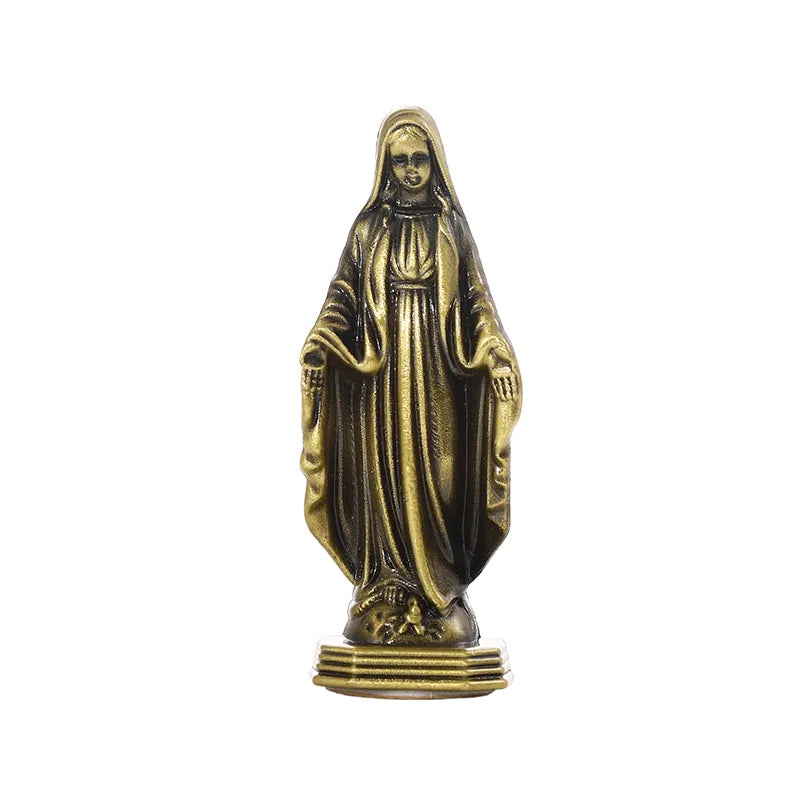Ramses ii, also known as Ramses the Great, was an ancient Egyptian Pharaoh who ruled from 1279 to 1213 BC. He was one of the most powerful and influential Pharaohs in Egyptian history, and his reign was marked by military campaigns, building projects, and cultural achievements.
Who was Ramses II and what did he do?
Ramses II is best known for his military victories, which expanded the Egyptian empire and brought prosperity to the kingdom. He is also remembered for his building projects, which included the construction of temples, palaces, and other structures throughout Egypt. Ramses II was a powerful and influential ruler who left a lasting legacy on ancient Egyptian society and culture.
Why is Ramses II so famous?
Ramses II is best known for his military victories, which expanded the Egyptian empire and brought prosperity to the kingdom. He is also remembered for his building projects, which included the construction of temples, palaces, and other structures throughout Egypt. These building projects helped to strengthen the power and influence of the Pharaoh and the Egyptian empire, and they also contributed to the cultural flourishing of Ancient Egypt during this period.
In addition to his military and building projects, Ramses II is also remembered for his cultural achievements. He was a patron of the arts and sciences and promoted the development of these fields during his reign. As a result, his reign was a time of great prosperity and cultural flourishing in Ancient Egypt.
Overall, Ramses II is famous for his military conquests, building projects, and cultural achievements, which helped to make him one of the most powerful and influential Pharaohs in ancient Egyptian history.
Ramses II facts
Here are a few interesting facts about Ramses II, also known as Ramses the Great:
Ramses II was a Pharaoh of Ancient Egypt who ruled from 1279 to 1213 BC. He was a member of the 19th dynasty and is considered one of the most powerful and influential Pharaohs in Egyptian history.
Ramses II is best known for his military victories, which expanded the Egyptian empire and brought prosperity to the kingdom. He also engaged in a number of building projects, including the construction of temples, palaces, and other structures throughout Egypt.
Ramses II was married to several wives, including Nefertari, his most famous wife, who was also his chief queen. He had many children, including over 100 sons and daughters.
Ramses II is credited with promoting the arts and sciences during his reign, and his reign was a time of great prosperity and cultural flourishing in Ancient Egypt.
Ramses II is remembered for his impressive physical stature and strong appearance, and he is often depicted in artwork and statues as a muscular and powerful figure.
What happened to Ramses II when he died?
Upon his death, Ramses II, also known as Ramses the Great, was likely given a traditional ancient Egyptian burial, which would have included a number of rituals and ceremonies. These rituals were designed to prepare the Pharaoh’s body for the afterlife and to honor his memory.
According to ancient Egyptian beliefs, the Pharaoh’s body would have been mummified, a process in which the internal organs were removed and the body was preserved with natron, a naturally occurring substance that has dehydrating properties. The Pharaoh’s body would then have been wrapped in linen and placed in a coffin or sarcophagus.
In addition to the burial of the Pharaoh’s body, a number of other rituals and ceremonies would have taken place to honor his memory and to ensure his transition to the afterlife. These rituals may have included offerings of food, drink, and other items to the gods, as well as prayers and other acts of devotion.
Overall, the death of Ramses II would have been a significant event in ancient Egyptian society, and his burial and the accompanying rituals would have been an important part of the cultural and spiritual life of the time.
Ramses II and Moses
There is a popular theory that suggests that Ramses II, also known as Ramses the Great, may have been the Pharaoh who ruled during the time of Moses, as described in the Bible. According to the story of the Exodus, which is found in the Old Testament of the Bible, Moses was a prophet and leader who was called by God to lead the Israelites out of slavery in Egypt. The Pharaoh at the time is said to have been resistant to letting the Israelites go and is described as being stubborn and unwilling to let them leave.
There is no concrete evidence to support the theory that Ramses II was the Pharaoh who ruled during the time of Moses, and the exact date of the Exodus is not known. However, Ramses II was a powerful and influential Pharaoh who ruled Ancient Egypt during the 13th century BC, and it is possible that he may have been the Pharaoh who is mentioned in the story of the Exodus.
Despite the lack of concrete evidence, the story of the Exodus and the role of the Pharaoh in it has long been an important part of the religious and cultural traditions of both Judaism and Christianity. The Pharaoh’s identity in the story, whether it was Ramses II or another ruler, remains a topic of debate and speculation.
How did ramses II treat his citizens
As a Pharaoh, Ramses II was the ruler of Ancient Egypt and had significant power and authority over the people of the kingdom. It is likely that he treated his citizens in a manner that reflected his status as the ruler of the land.
According to historical accounts, Ramses II was a strong and effective leader who was able to maintain order and stability in Ancient Egypt. He is credited with expanding the Egyptian empire through military conquests and bringing prosperity to the kingdom. He also engaged in a number of building projects, including the construction of temples, palaces, and other structures throughout Egypt, which likely helped to improve the lives of his citizens and to strengthen the power and influence of the Pharaoh and the Egyptian empire.
In terms of how he treated his citizens, it is likely that Ramses II would have been seen as a just and fair ruler who sought to maintain order and to protect the interests of the people of Ancient Egypt. However, it is also important to note that ancient Egyptian society was highly hierarchical and that the Pharaoh would have held a position of great power and authority over his subjects. As a result, it is likely that there were also significant differences in the way that Ramses II treated different members of society based on their social status and position within the hierarchy.
Ramses II
Ramses II was one of the most outstanding and remembered rulers of Ancient Egypt. Under his command, flourished and reached the most prestigious level elements such as the economy, administration, culture or army. He was born in 1303 BC. His parents were Seti I and Queen Tui; his grandfather was Pharaoh Ramses I. During his childhood he lived in Luxor together with his brothers. There he was educated to be the future heir as well as teachings such as astronomy, mathematics, geometry and even religion.
When he was 10 years old he was named heir to the throne as well as commander in chief of the army. When he reached the age of 16 he continued his political education thanks to the approach to Seti I. He began to participate in war campaigns and one of his greatest hobbies was born, the construction of buildings, thanks to the supervision of the constructions of Abidos.
How many wives did ramses II have ?
He married Nefertari when he was 17 years old, with whom he had his first son called Amonherunemef. But not only did he have one wife, but he took several in the years to come. As second wife he took Isetnefret, with whom he had a son named Ramses. As third wife he had his sister Hentmire, to preserve the purity of the royal blood. He then married one of the daughters he had had with Nefertari, Merytamon. Finally he married Bentanat, daughter of Isetnefret.
Seti I died in June 1279 BC. Rameses II, who was 24 years old at that time, would be named Pharaoh of Upper and Lower Egypt and Sun of the Nine Arches. His first measures focused on maintaining peace within Egypt. For this he made it clear to the priests of the god Amon that he would exercise all powers, appointing as high priest a person of confidence, Nebumenef.
Ramses II a Temple Builder
He began to carry out great constructions such as the temple of Luxor dedicated to Amon-Ra and the beginning of the construction of the Rameseum on the hill Sheikh abd el Gurnah. In order to do so, he needed refreshment areas, especially water. So he began to drill wells. Thanks to this, he also managed to get gold from the south ready to finance the constructions.
The next step he took was to try to expand the borders to where they were at the time of Tutmosis. This led to a confrontation with the king of Hatti, Muwattali, which would last almost 20 years. In order to strengthen his power, he made a firm stand in the territories of Libya and Nubia and managed to reach Byblos. Muwattali established an alliance with the rulers of Asia Minor and Syria. Finally they fought in the famous battle of Qadesh in 1295 BC. Although it was not clear who had been the victor, Ramses proclaimed himself as such. Muwattali, seeing the defeat, established an alliance with one of Egypt’s greatest allies, Benteshina of Amurru.
Ramses II in the battle of Qadesh
Thanks to this triumph, Ramses will dedicate himself to reconquer the old frontiers in Asian and African lands. There were revolts in places like Canaan but they were quickly suffocated. On the Asian side they reached the Orontes River. Also, thanks to the confrontation between the successors of those territories, he managed to take the port of Ascalon and Jaffa and was able to penetrate more and more into Syria. After completing this part of the conquest, he decided to march to reoccupy his territories in Africa.
After a few years of peace, revolts arise again in the Asian areas, so the confrontation between Egypt and Hatti resurfaces. At that time, Babylon allied with the Hittites, so there were new military confrontations that gave victory to the Egyptians. These clashes would end with the signing of a peace treaty between Ramses II and King Hattusil of Hatti, marking the border on the Orontes River. Another of the points that was specified in the treaty was the mutual help in case of being attacked.
The size of the territory governed by Ramses II was immense, so he ordered to build a new city in the area of Tanis which he would call Per-Ramses, making it the capital, leaving Thebes, former capital, away from the political environment. In this way he managed to remove the power of the priests of Amun-Ra who resided in the city of Thebes.
His construction work began again, enlarging the city of Memphis and building temples such as Abu-Simbel, one dedicated to Ptah, Hathor, Ptahtatenen and Ramses himself and another to Nefertari and Hathor. Egypt prospered enormously in the economic and cultural spheres.
Abu-Simbel Temple
On the 33rd anniversary of his reign, he decided to marry the firstborn of King Hattusil, Mathorneferure. In addition, Hattusil offered her a second daughter, who became his concubine. In this way peace would be maintained with the king of Hatti.
During the last years of his reign, peace was interrupted when the people from Europe began to exert pressure. In addition, there would be the flight of the Jewish people led by Moses and Aaron.
How did Ramses 2 died?
He died at the age of 90, in 1213 BC. According to some studies, it is believed that he died of a cavity that caused a blood infection. Because of his long life and the death of several of his children, including his favorite, Khaem-uaset, his son Mineptah came to the throne. After his death, Egypt’s power began to decline.
Ramses II Height
There is no concrete information available about the height of Ramses II, also known as Ramses the Great. Ramses II was an ancient Egyptian Pharaoh who ruled from 1279 to 1213 BC, and there are no surviving records that indicate his exact height.
However, it is likely that Ramses II was a tall and imposing figure, as he is often depicted in artwork and statues as a muscular and powerful man. In depictions of Ramses II, he is often shown standing tall and straight, with his head held high and his chest puffed out. This suggests that he may have been taller than average for a man of his time.
Overall, while it is not possible to determine Ramses II’s exact height, it is clear that he was a formidable and impressive figure who was remembered as a strong and powerful ruler.
Conclusion about RAMSES II
Ramses II was a powerful and influential Pharaoh who ruled Ancient Egypt from 1279 to 1213 BC. He is best known for his military conquests, which expanded the Egyptian empire and brought prosperity to the kingdom.
Ramses II is also remembered for his building projects, which included the construction of temples, palaces, and other structures throughout Egypt. His reign was marked by cultural achievements and the development of the arts and sciences in Ancient Egypt.
Ramses II left a lasting legacy on ancient Egyptian society and culture, and his name has become synonymous with power and greatness.
His reign was a time of great prosperity and cultural flourishing in Ancient Egypt, and his accomplishments and achievements continue to be remembered and celebrated to this day.
Whether you are a student of history or simply fascinated by the ancient world, Ramses II is a fascinating figure who played a central role in the development of ancient Egyptian society and culture.


